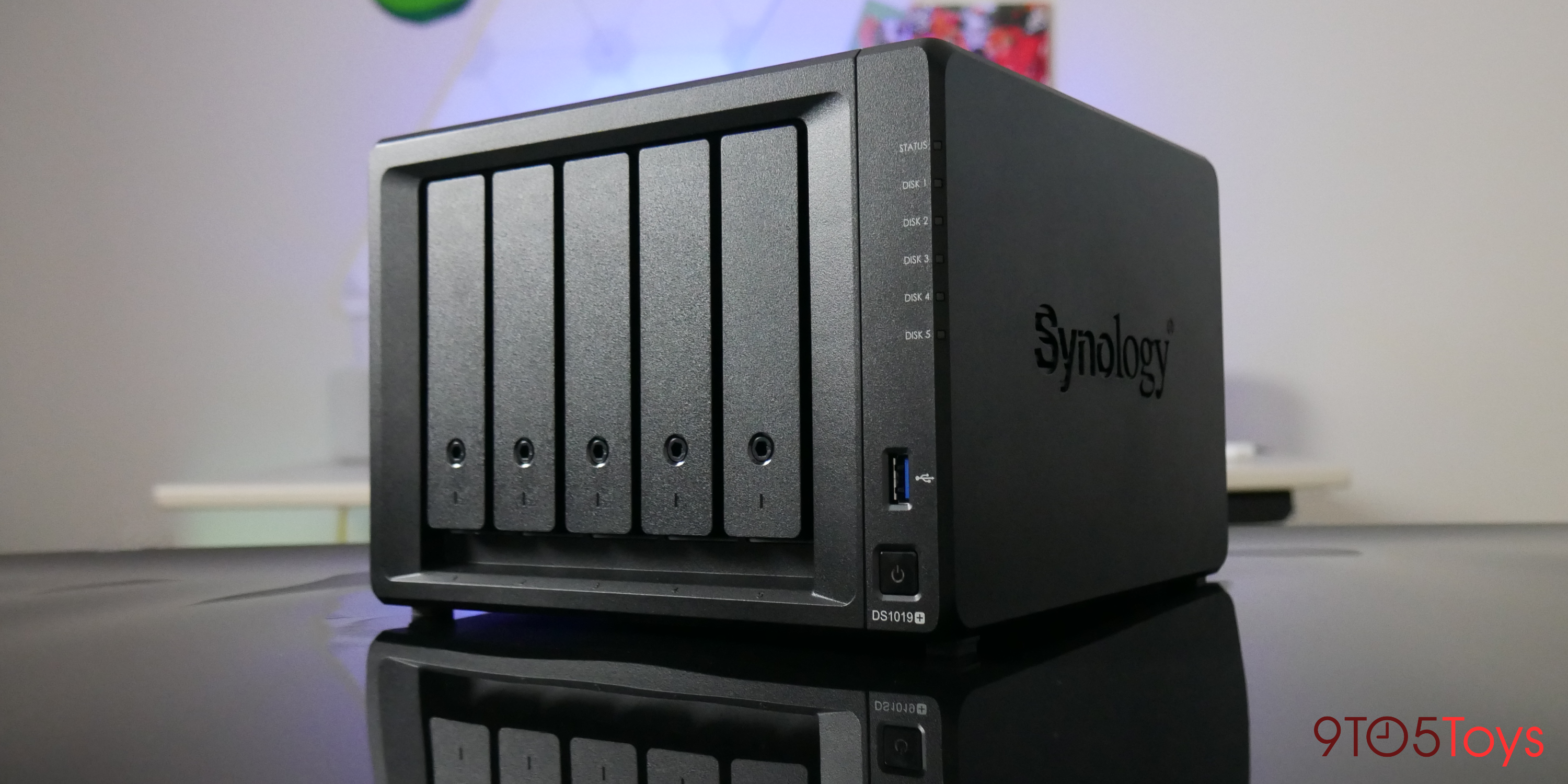

First, the media streaming software you use must be compatible with the NAS and the hardware transcoder it uses. Hardware transcoding is a desirable feature in a NAS, but it’s not perfect. Hardware Transcoding Has Downsides dennizn/ It’s not the most critical aspect of hardware transcoding, but it’s worth noting. If you do a lot of transcoding, that difference in efficiency can add up over time. Using dedicated hardware to transcode media generally uses less power and generates less heat than using a CPU to do the job. Offloading the job to a dedicated hardware transcoder or (as is often the case) a GPU frees up the CPU to ensure everything else is taken care of without skipping a beat. Transcoding is a CPU-heavy job, and if the NAS has to do it fast enough for real-time viewing, it will drop the ball on other tasks. It might be handling file transfers, running backup software, and acting as a web server at the same time you want it to play movies on your TV. Hardware Transcoding Frees Up the CPUĪ NAS is a busy device at the best of times.

This is probably the most important reason you’d want hardware transcoding in your NAS. Usually, it’s fast enough to happen in real-time, so you don’t have to wait for a file to transcode before you can start watching it. Having special hardware that’s dedicated to transcoding results in blazing-fast results. So, why is this feature important? Hardware Transcoding Is Fast If you buy a NAS with hardware transcoding, such a processor is included somewhere inside it. The transcoding process is handled by a specialized processor designed to be good at the sort of math transcoding requires. They do a limited number of calculation types for a very narrow set of jobs, but they do it very quickly. That’s where specialized processors come into play.


 0 kommentar(er)
0 kommentar(er)
